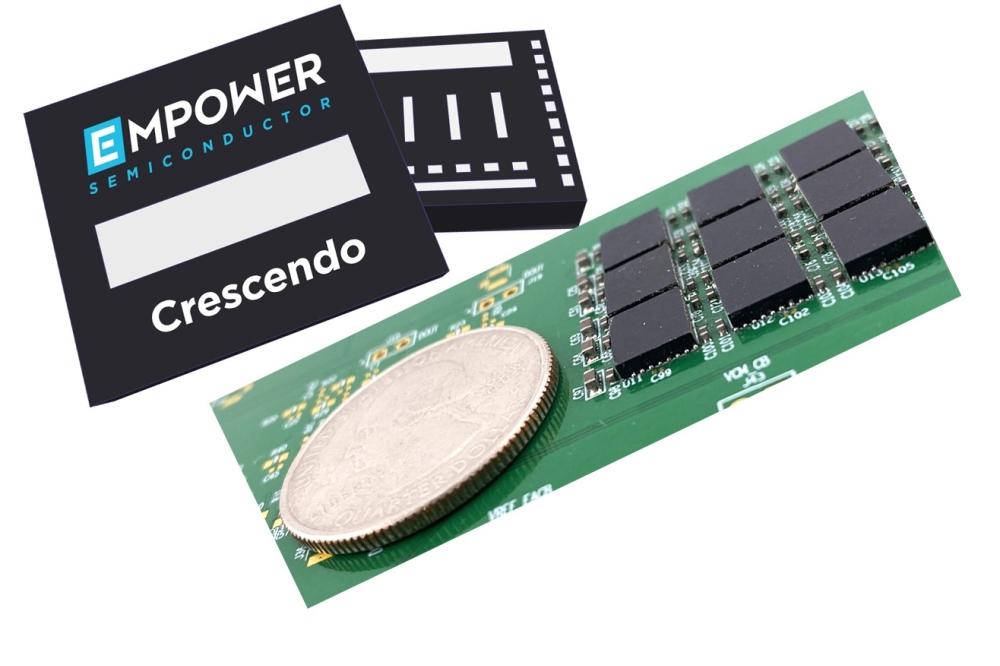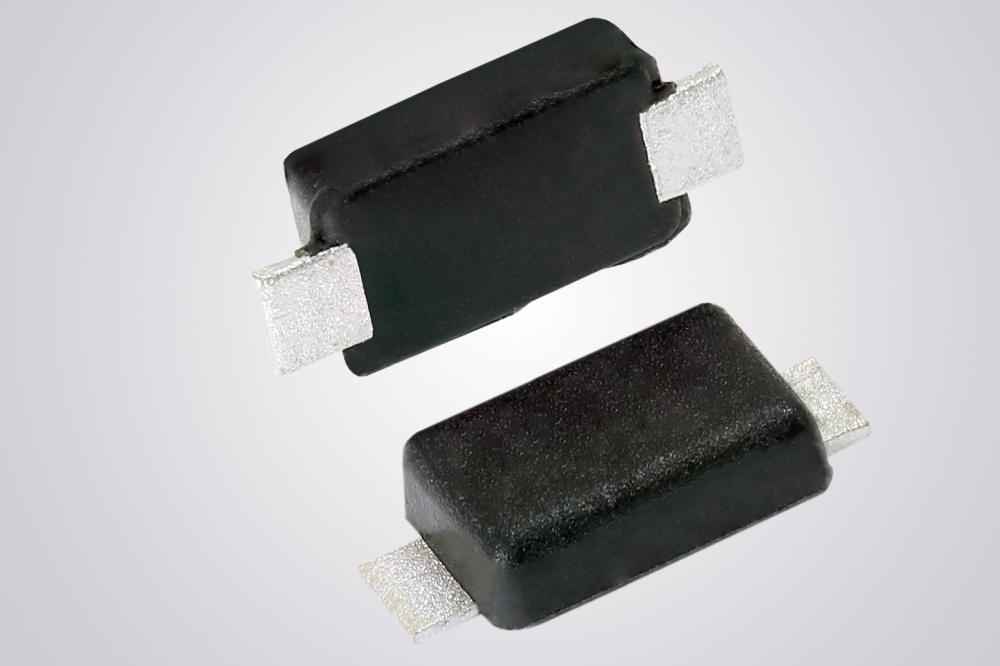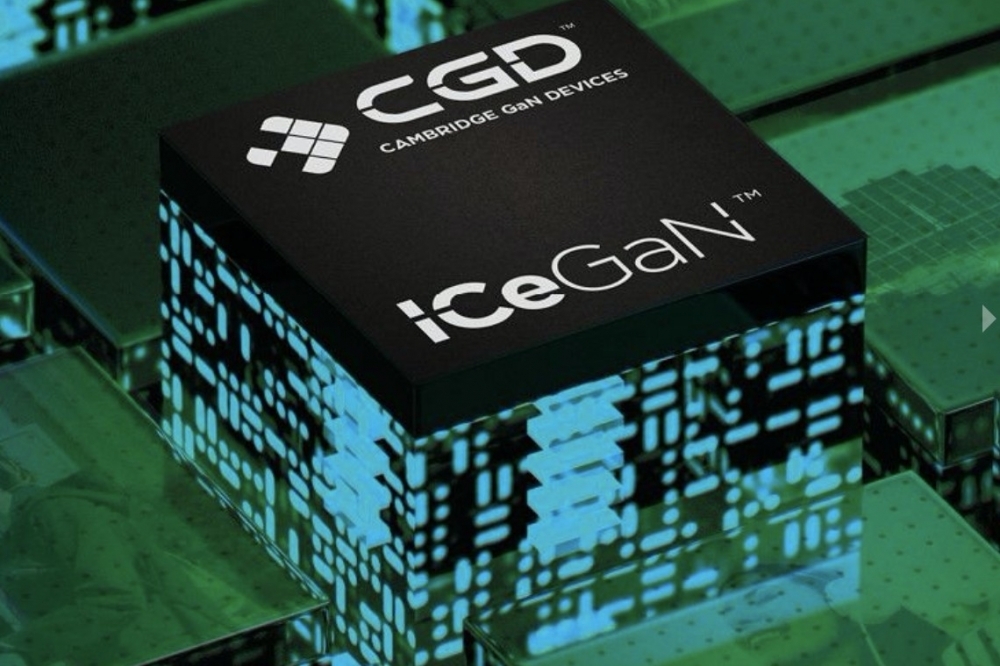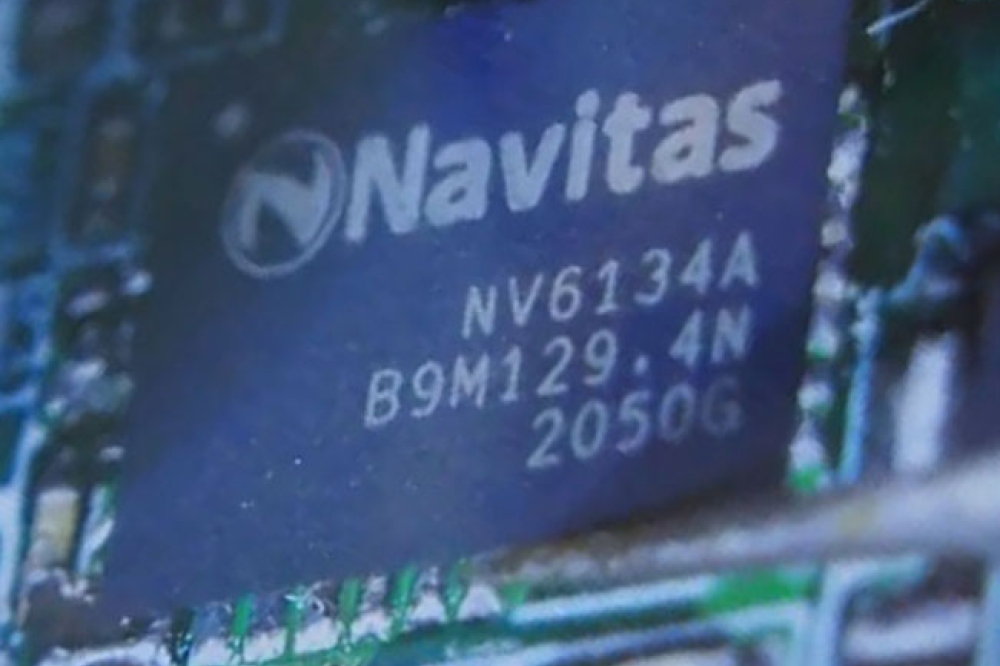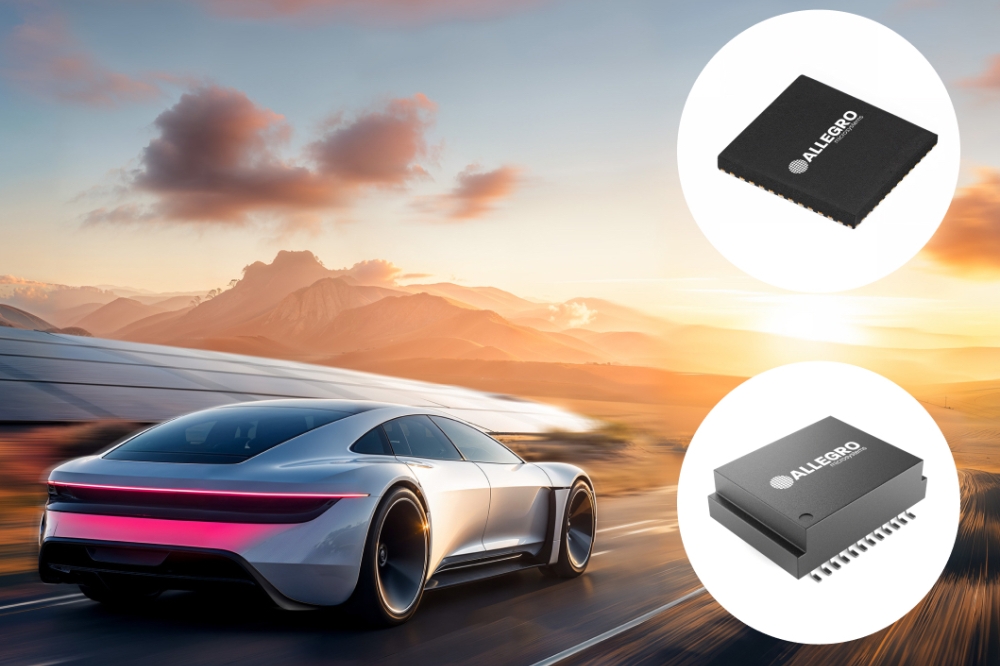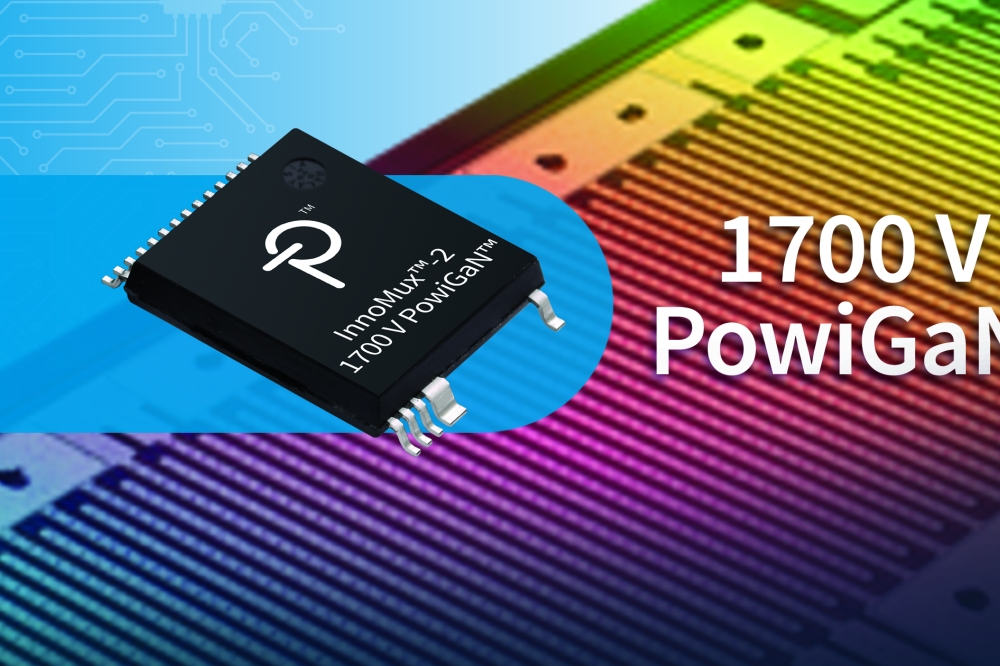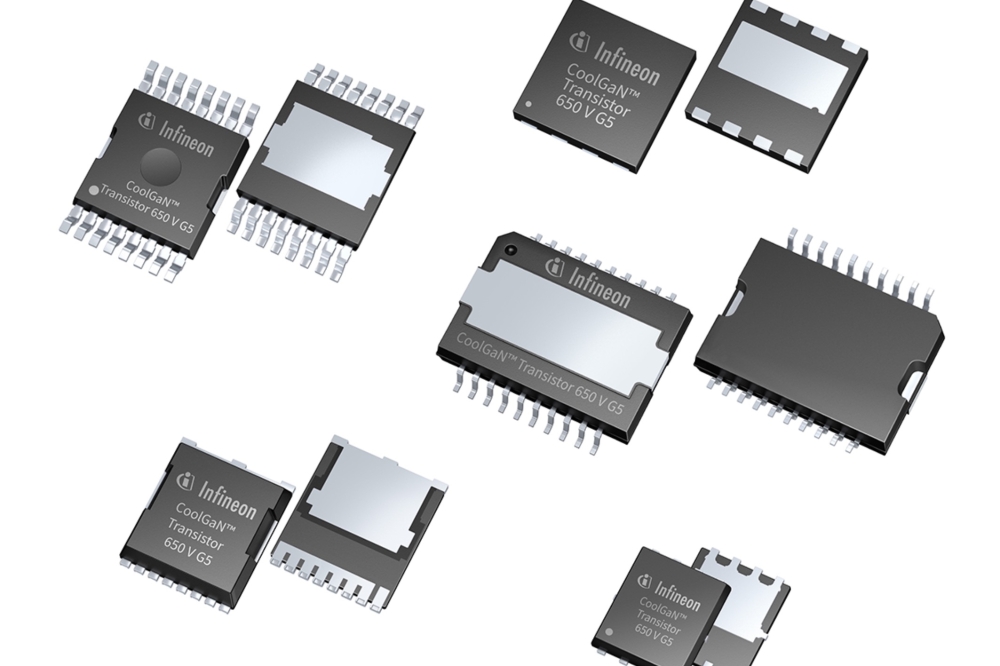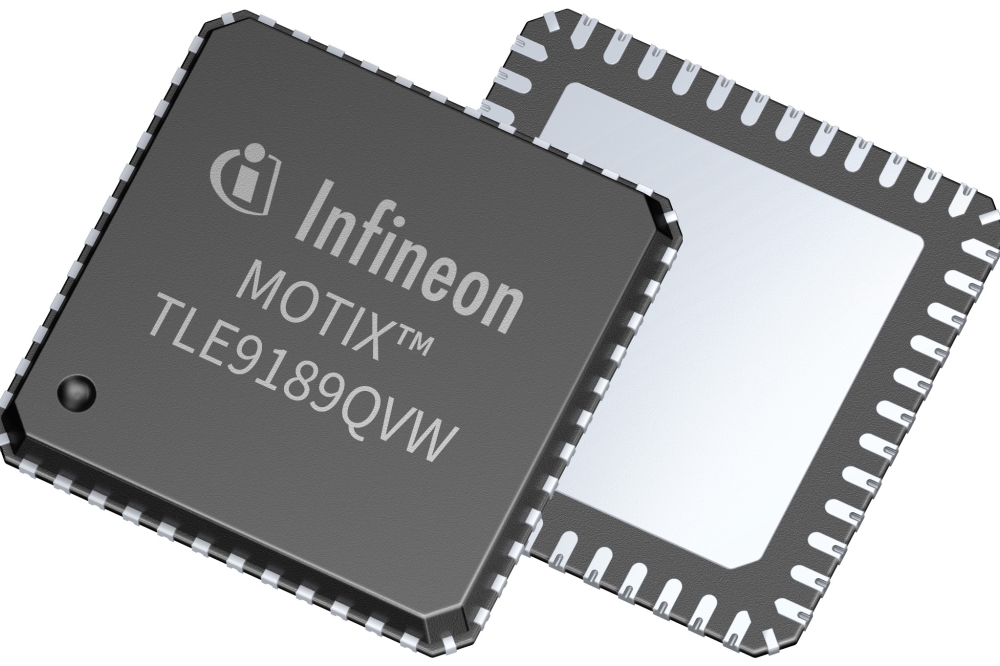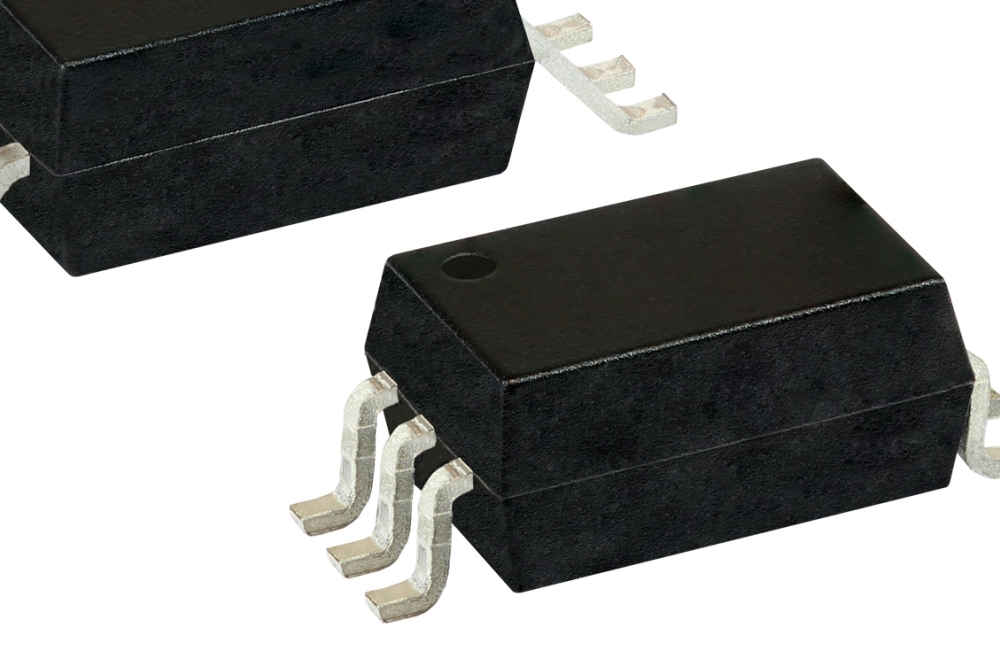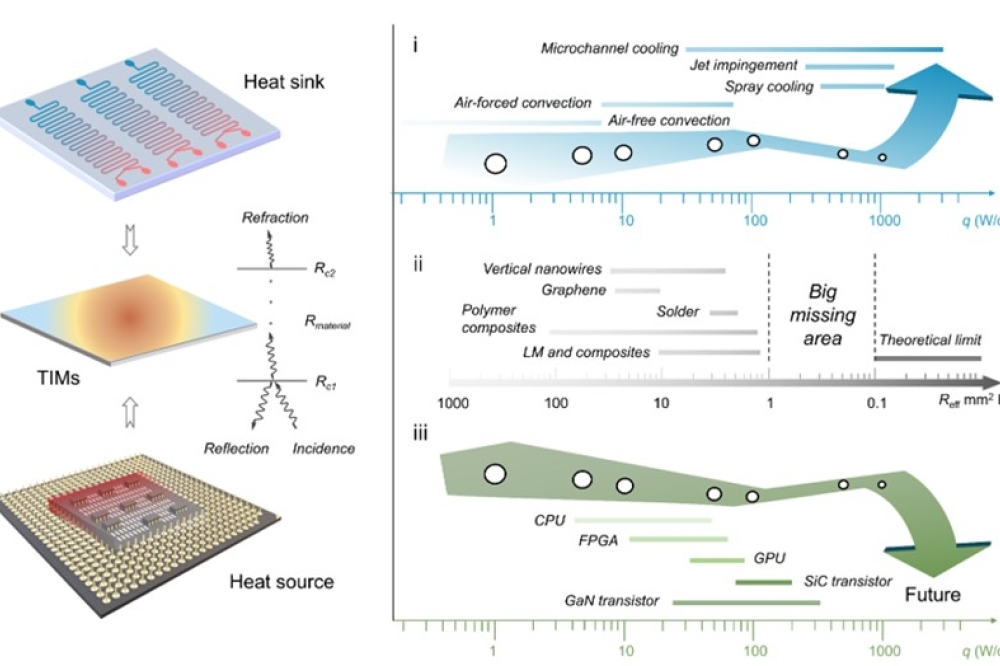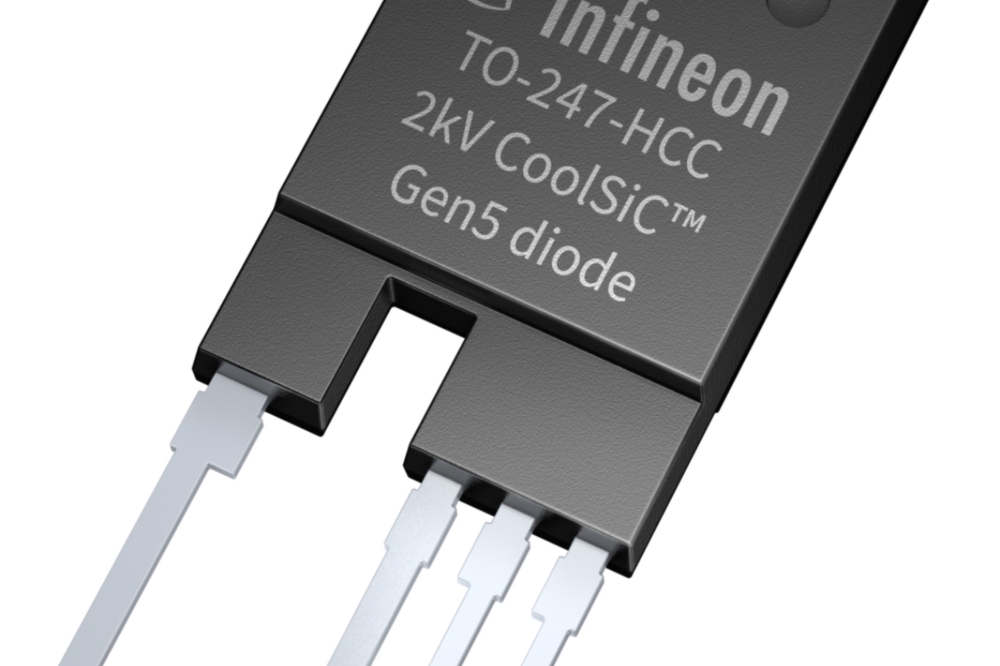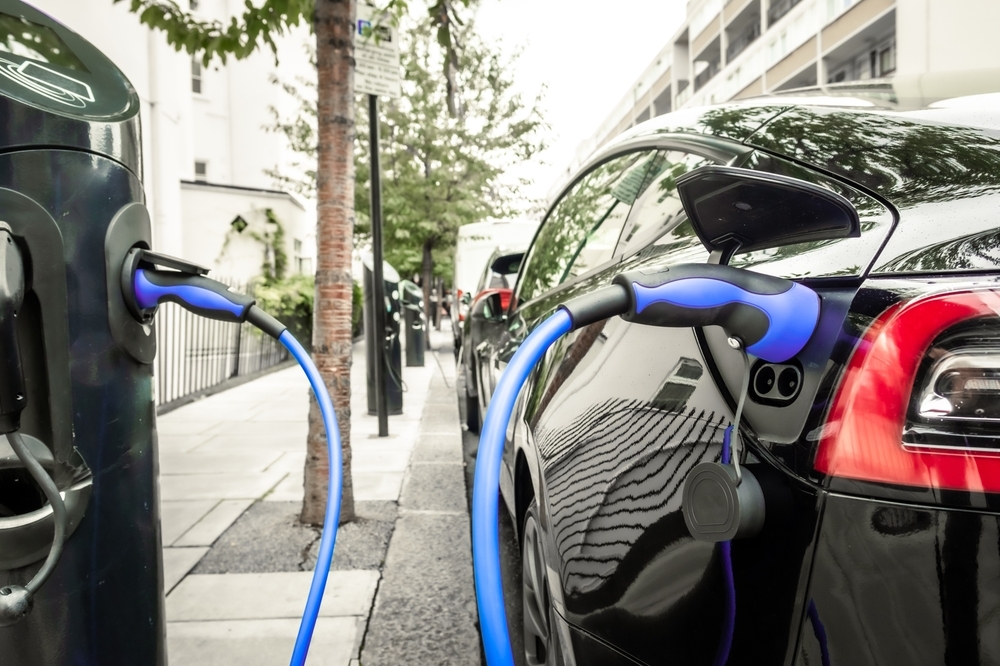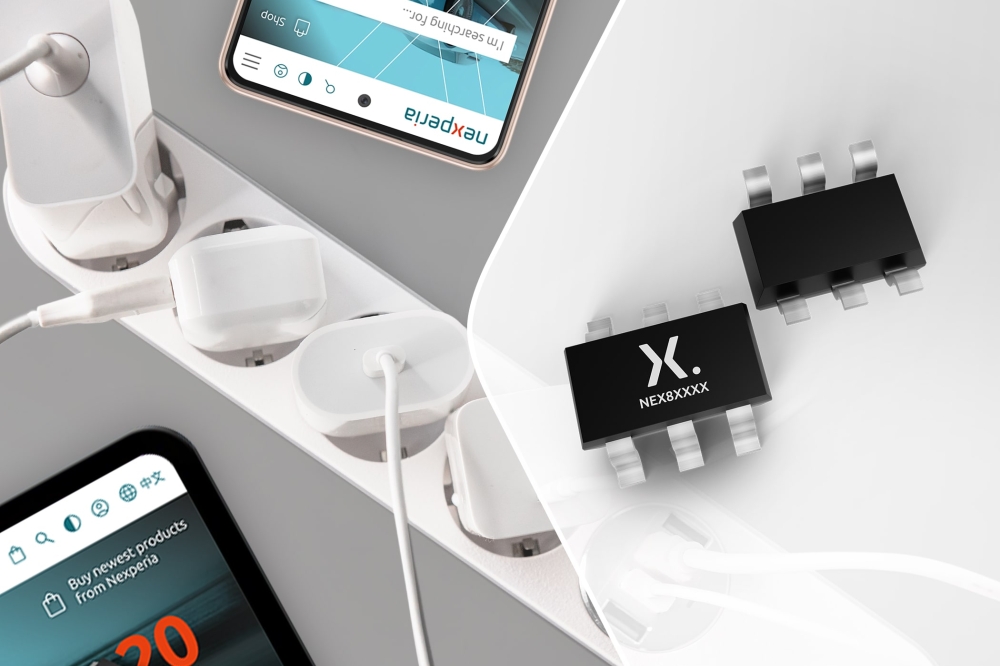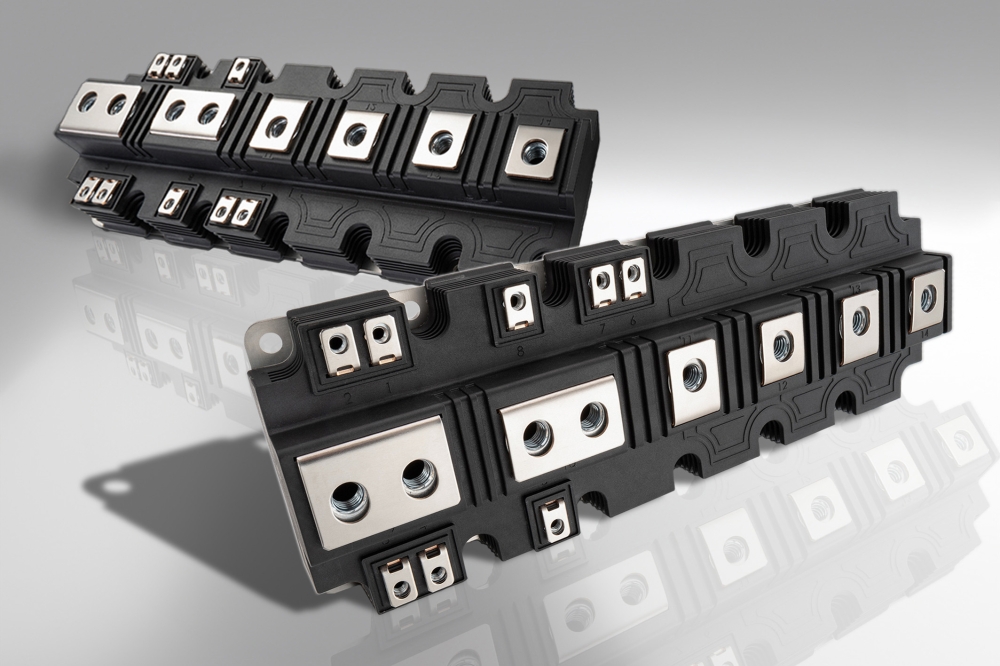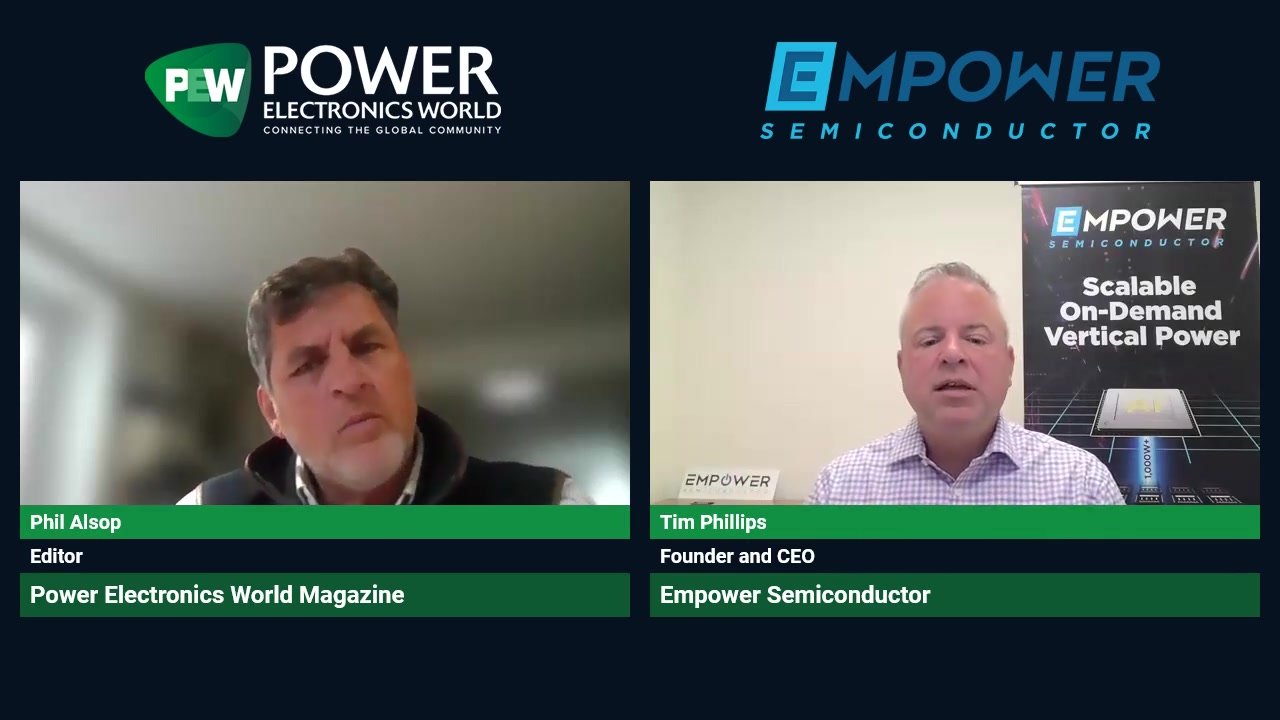Power grids supplied by renewables have lower intensity blackouts

New research into the vulnerability of power grids served by weather-dependent renewable energy sources (WD-RESs) such as solar and wind. paints a hopeful picture as various countries around the globe attempt to meet their climate emissions targets – with the research showing grids with high penetration of WD-RESs tend to have reduced blackout intensities in the US.
This research – just published in the journal Nature Energy – was conducted with US blackout data from 2001 to 2020. But the results are of great interest for those designing and developing new power grid infrastructure, and from the perspective of any country transitioning to power grids primarily supplied by WD-RESs .
For example, in Ireland, in 2023, 38.9 percent of electricity generated came from renewable energy sources and this figure is expected to grow to above 70 percent by 2030.
The impacts of fluctuant renewable energy generation have been frequently discussed in the worldwide energy transition process, yet the role of WD-RESs in blackouts has largely remained controversial.
“Some have claimed that unstable RESs are responsible for increasing power grid unreliability under extreme climate conditions, whereas others have argued that wind and solar generation tend to be available even during extreme weather,” said Jin Zhao, assistant professor in Trinity College Dublin’s School of Engineering, who led the research.
“The lack of understanding of the impacts of WD-RESs on power system blackouts has raised doubts about their use and, in some cases, driven a backlash against wind and solar integration. Considering the ambitious high-RES penetration and carbon emission goals that have been set for future power systems, it was high time we improved our understanding of the role RESs play in blackouts.”
The research revealed that power systems with higher WD-RES penetration did not exhibit more blackout vulnerability and when blackouts did occur they were likely to have reduced intensity (as indicated by the affected number of customers, demand loss, and duration) in high WD-RES penetration grids.
Additionally, although analyses showed that extreme weather increases a power system’s vulnerability to blackouts, high WD-RES penetration does not worsen the weather vulnerability of power systems – even when solely considering weather-induced blackouts.
Zhao added: “The major take-home message here is that WD-RESs are not the main culprit for blackouts during extreme weather events and the higher penetration grids tend to experience lower blackout intensities when they do occur.
“This is promising from an Irish perspective, although we are a lower-inertia island system that could be more sensitive than the large interconnected systems like those seen in the US and in the power systems of continental Europe. All of this makes it super important to specifically focus on our Irish power system with similar research and that is the next step for us – we have recently secured funding to do just that.”


